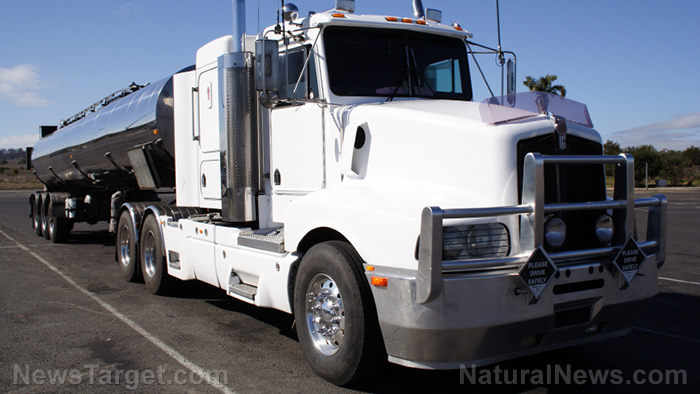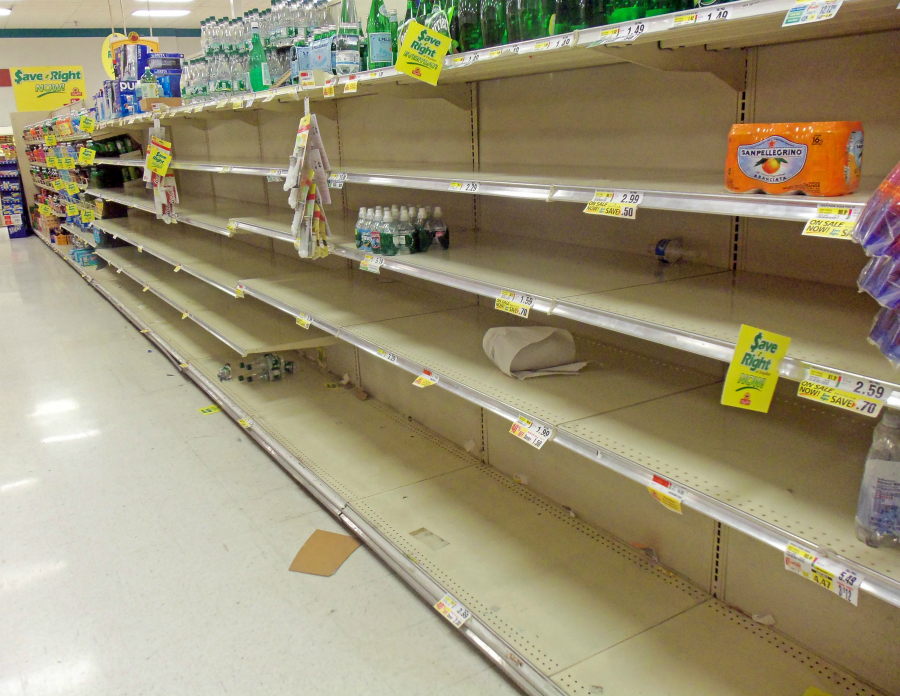
The supply chain crisis brought on, in part, by Joe Biden's abhorrent economic policies and his administration's incompetence is getting worse, as a shipping industry website noted this week that tens of billions of dollars worth of cargo lay at anchor aboard dozens of ships waiting to be offloaded.
"There was fleeting hope that Southern California port congestion had turned the corner. The number of container ships waiting offshore dipped to the low 60s and high 50s from a record high of 73 on Sept. 19, trans-Pacific spot rates plateaued, the Biden administration unveiled aspirations for 24/7 port ops, and electricity shortages curbed Chinese factory output," the Freighways website reported.
But in fact, the site notes further, the port congestion crisis that has been plaguing Southern California isn't really improving at all.
The site notes that wait times for ships offshore are growing because there are too many vessels arriving daily and there are not enough resources to get cargo distributed in a timely manner. In fact, Freightways says that already, ports have far too much cargo for their terminals, trains, trucks and warehouses, as capacity has been stretched to the limit.
"The number of ships at anchor or in holding patterns is once again at record levels. According to the Marine Exchange of Southern California, 79 container ships were waiting off Los Angeles and Long Beach on Thursday, yet another all-time record," the website reported, adding:
Marine Exchange data shows that ships waiting offshore on Thursday — including the 79 container ships as well as six additional cargo vessels carrying containers — had aggregate capacity of 597,250 twenty-foot equivalent units. To put that in perspective, that is 28% more than the Port of Los Angeles imported during the entire month of September and 70% of the combined Los Angles/Long Beach port complex’s September imports.
Assuming ships are at capacity, how much cargo value is out there in the “floating warehouse”? What’s in each box, and its value, varies dramatically — it can be worth a few thousand dollars or several hundred thousand dollars. But Port of Los Angeles stats provide a good guide.
In 2020, the website notes, the total customs values of all containerized imports at the Port of Los Angeles was a whopping $211.9 billion. If imports "totaled 4,827,040 TEUs, this equates to an average of $43,899 per import TEU. (Several other sources also estimated average cargo value at around $40,000 per TEU.)," the site added.
So, using these figures, the dollar amount of cargo currently at anchor off the ports of Los Angeles and Long Beach is worth a cumulative $26.2 billion, or more than the annual GDP of Iceland and all of McDonalds' revenues.
The Signal platform shows that wait times from dropping anchor to berthing at the L.A. port rose to an all-time high of 13 days last week, which is up an astounding 65 percent since the beginning of September.
"But the average wait time doesn’t tell the full story. Ships have been sitting in San Pedro Bay for more than twice that long," Freightways says.
And it's going to get worse.
"The Port of Los Angeles continues to struggle with the volume of cargo vessels arriving daily. More than 100 container ships are anchored around the port, many continuing to wait weeks for unloading with international crews restricted to their vessels," the Forward Observer private intelligence service reported Friday.
"Over the summer, 30-40 vessels anchored at a time was considered overwhelming and having direct impacts on consumer product availability. Despite expanding port hours, midstream logistics and lack of warehousing prevent meaningful progress in reducing supply chain bottlenecks," the firm's analysts said in a subscriber newsletter.
"The holiday shipping season is effectively over, meaning the hundreds of remaining vessels inbound with cargo have little chance of getting a product to consumers before Christmas celebrations begin," one of the analysts noted.
"Separately, food retailers are reporting the rapid inflation and non-food product impact to shipping risks upending traditional Thanksgiving and Christmas meal preparations," the analyst added.
This is Biden's baby, and Republicans have let him know it.
Rep. Sam Graves (R-Mo.), the ranking member of the House Transportation and Infrastructure Committee, said the administration and Democrats were instead “exacerbating or ignoring the underlying supply chain issues.”
“On infrastructure specifically, the President and the Majority are using the issue to advance their socialist agendas instead of concentrating on addressing congestion and freight bottlenecks,” Graves noted last week. “Their first step now needs to be recognizing that the core purpose of the Nation’s infrastructure network is to move people and goods safely and efficiently.
“Americans are paying a heavy price for these failures, including skyrocketing inflation and the growing scarcity of goods on the shelves that will get worse with Christmas fast approaching,” he added.
Sources include:
Please contact us for more information.



















